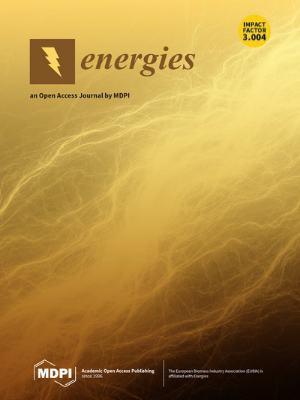国际液化天然气贸易的时空演变和市场动态:多层次网络分析
IF 3.2
4区 工程技术
Q3 ENERGY & FUELS
引用次数: 0
摘要
天然气因其清洁、高效和有益生态的特性,被视为向清洁能源过渡的过渡能源。液化天然气(LNG)贸易是全球天然气贸易的中坚力量,对全球能源贸易体系的动态发展具有重要影响。本文构建了长期的全球液化天然气贸易网络,并利用多层次网络分析方法探讨了国际液化天然气贸易的时空演变和拓扑结构,为全面了解全球液化天然气贸易体系的市场动态提供了启示。研究结果表明(1)全球液化天然气贸易量总体呈上升趋势,全球液化天然气贸易网络呈现出空间分布不均、层次分化明显、结构日趋复杂的特点。全球 LNG 贸易正逐步由区域化向全球化转变,国际 LNG 市场正在经历结构性重塑。(2)全球 LNG 贸易网络规模和密度不断扩大,快速增长的 LNG 供应和贸易关系推动着全球天然气市场的形成。(3)全球液化天然气贸易仍处于快速变化阶段,全球网络效率先升后降。贸易网络传统上以日本、韩国、美国、卡塔尔等十个国家为中心。(4)全球液化天然气贸易网络呈现明显的核心-外围结构,两极分化效应明显,贸易网络结构不断演化,不平衡性增强。最后,我们提出了促进全球液化天然气贸易互联互通、加强环境保护和应对全球气候变化的相关政策建议。本文章由计算机程序翻译,如有差异,请以英文原文为准。
Spatiotemporal Evolution and Market Dynamics of the International Liquefied Natural Gas Trade: A Multilevel Network Analysis
Natural gas is considered a transitional energy source in the transition to clean energy owing to its clean, efficient, and ecologically beneficial properties. The trade of liquefied natural gas (LNG) serves as the backbone of the global natural gas trade and significantly influences the dynamics of the global energy trade system. This paper constructs long-term global LNG trade networks, and explores the spatiotemporal evolution and topological structures of the international LNG trade by utilizing multilevel network analysis methods, to provide insights for comprehensively understanding the market dynamics of the global LNG trade system. The findings indicate the following: (1) The global LNG trade volume shows an overall upward trend, and the global LNG trade network exhibits uneven spatial distribution, clear hierarchical differentiation, and an increasingly complicated structure. Global LNG trade is gradually changing from regionalization to globalization, and the international LNG market is undergoing structural reshaping. (2) The global LNG trade network continues to expand in size and density, and the rapidly growing LNG supply and trade relations are driving the formation of the global natural gas market. (3) Global LNG trade is still in a phase of rapid change, with the global efficiency of the network increasing and then decreasing. The trade network has traditionally been centered on ten countries, including Japan, South Korea, the United States, and Qatar. (4) The global LNG trade network exhibits clear core-periphery structures with considerable polarization effects, and the trade network structure is continuously evolving and is growing unbalanced. Finally, we put forward relevant policy suggestions to promote global LNG trade interconnectivity and enhance environmental protection and respond to global climate change.
求助全文
通过发布文献求助,成功后即可免费获取论文全文。
去求助
来源期刊

Energies
ENERGY & FUELS-
CiteScore
6.20
自引率
21.90%
发文量
8045
审稿时长
1.9 months
期刊介绍:
Energies (ISSN 1996-1073) is an open access journal of related scientific research, technology development and policy and management studies. It publishes reviews, regular research papers, and communications. Our aim is to encourage scientists to publish their experimental and theoretical results in as much detail as possible. There is no restriction on the length of the papers. The full experimental details must be provided so that the results can be reproduced.
 求助内容:
求助内容: 应助结果提醒方式:
应助结果提醒方式:


